No products in the cart.
Home Improvement, Lawn and Gardening, Plants and Planters, Plants Saplings
Philodendron Brazil Plant
NPR 500.00 NPR 600.00
The Philodendron Brazil is a cultivator of the popular heartleaf philodendron and is characterized by its dark green, heart-shaped leaves with distinctive splashes of lime green variegation. Philodendron Brazil grows best in warm, humid conditions, requires bright, but indirect sunlight, acidic loamy soil, and fares best in temperatures consistently well above 60 degrees Fahrenheit. As a cultivator of the heartleaf philodendron, philodendron Brazil is considered mildly toxic to pets and humans.
Facts about Philodendron Brazil
- Common Name: Philodendron Brazil, variegated heart leaf philodendron
- Botanical Name: Philodendron hederaceum ‘Brazil’
- Family: Araceae
- Plant Type: Perennial, vine
- Mature Size: 6-36 in. tall, 12-36 in. wide
- Sun Exposure: Partial
- Soil Type: Loamy, moist but well-drained
- Soil pH: Acidic
- Hardiness Zones: 11-12 (USDA)
- Native Area: South America
- Toxicity: Toxic to humans and pets
Care Tips of Philodendron Brazil
- Light: Philodendron Brazil can survive in a range of lighting conditions but will show its variegation best in bright, indirect light. Low-light conditions will cause the variegation to begin reverting and may result in leggy growth. You should also avoid exposing your philodendron Brazil to prolonged periods of direct sunlight as this can burn the leaves.
Soil: A loamy, well-draining soil mix that is slightly acidic is ideal for this tropical aroid (a plant from the Araceae family). While philodendron Brazil can survive in a standard indoor potting mix, it will thrive in a mix that is designed for aroids. Try mixing 1 part potting soil, 1 part perlite, and 1 part orchid bark for a well-draining mixture that your philodendron Brazil will love. - Water: Allow the top 2 to 3 inches of soil to dry out between watering and then water well. Philodendron Brazil is sensitive to overwatering and should never be left in soggy soil for extended periods.
- Temperature and Humidity: Native to the tropical rainforests of South America, philodendron Brazil grows best in warm, humid conditions. They do well growing indoors in typical household temperature and humidity levels, although providing your Brazil with extra humidity will encourage larger and more vigorous growth. These philodendrons are not cold tolerant and should never be left in temperatures below 55 to 60 degrees Fahrenheit.
- Fertilizer: During the growing season, philodendron Brazil benefit from regular applications of a balanced liquid fertilizer, although they will continue to grow well without fertilizer as well. Apply the fertilizer once a month during the spring and summer months, following product instructions for amount and application, and stop fertilizing altogether in the fall and winter as the plant enters dormancy.
- Pruning: Under the right conditions, philodendron Brazil is a fast-grower and may require some pruning to keep its size manageable indoors. Pruning also helps to encourage fuller growth and larger leaves. Pruning should be done in the spring or early summer while your philodendron Brazil is actively growing. Using a pair of clean, sharp scissors or pruning shears prune any stems that are particularly long or unruly, or have started to grow small leaves. Set the stem cuttings aside so you can use them for propagation.
- Propagation: As with many plants in the philodendron genus, philodendron Brazil can be propagated by stem cuttings. Propagating is a great way to start new plants or create a fuller plant by rooting the cuttings and then planting them back in the original pot.
- Potting and Repotting Philodendron Brazil: This is a fast-growing plant that will need to be repotted every year or two. Repot in the spring or summer when it is growing, which reduces plant stress. You will know it’s time to repot the plant when you see roots poking out of the pot’s drainage holes. Only go up one pot size, make sure the container has sufficient drainage holes, and fill it will fresh potting mix.
- Common Pests: While philodendron Brazil is not prone to any particular pests or diseases, keep an eye out for some common houseplant pests such as mealybugs, scale, spider mites, and fungus gnats. Regularly inspecting your plants for pests and proactive treatment is the key to preventing infestations.
- Common Problems: Curling leaves are an indication that your plant is not receiving enough water. Ensure that you are watering once the top couple inches of soil have dried out, and avoid letting your plant sit in fully dry soil for too long. Sometimes, if you forgot to water your plant for an extended period, the roots of your plant may have dried up meaning it can’t absorb water even when it is watered now. Browning leaf tips can be a result of a couple of different things but usually it’s a result of your philodendron being exposed to overly dry conditions. Ensure that you don’t have an air vent blowing directly on the leaves and consider providing your plant with extra humidity using a pebble tray or humidifier. Browning tips can also be a result of too much direct sunlight which has resulted in burnt leaves. Lastly, browning leaves can be a result of a lack of watering. Ensure that you don’t allow your Brazil to dry out too much between watering.
Based on 0 reviews
Only logged in customers who have purchased this product may leave a review.
Vendor Information
- Store Name: Ajambari
- Vendor: Ajambari
- No ratings found yet!


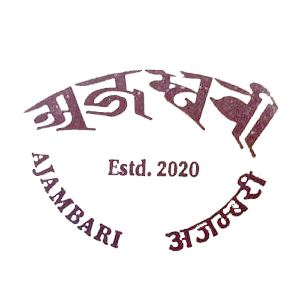
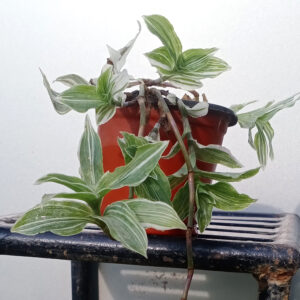
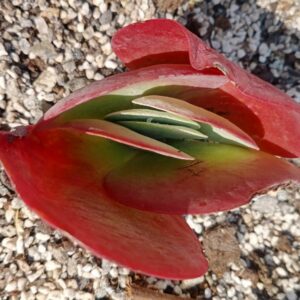
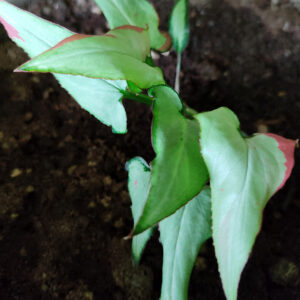
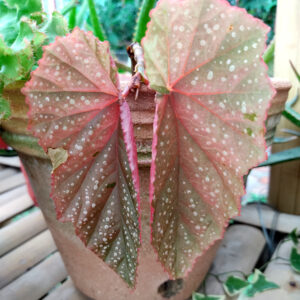
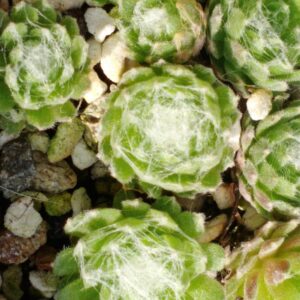
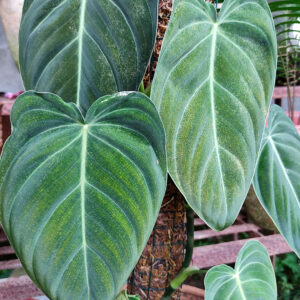
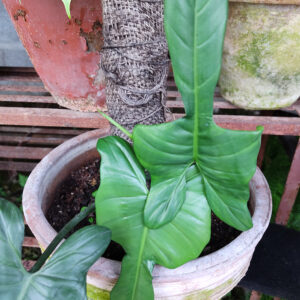
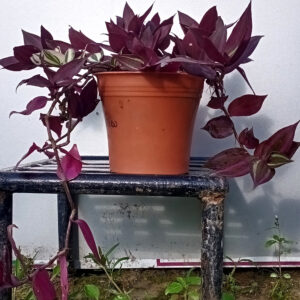
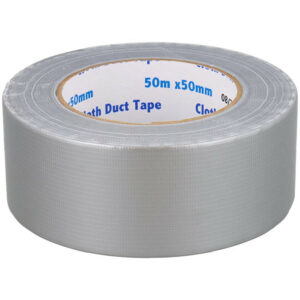
There are no reviews yet.